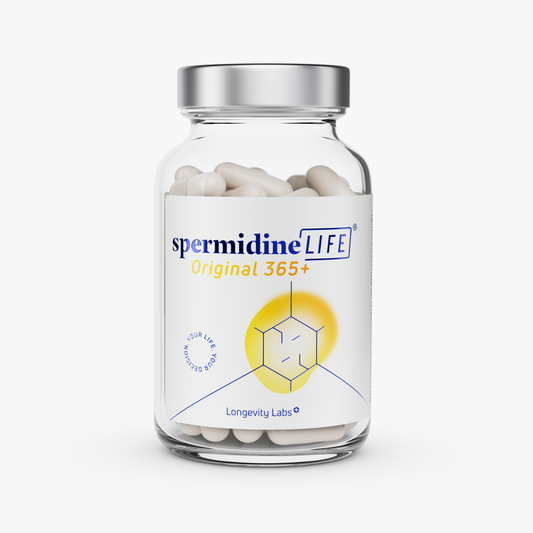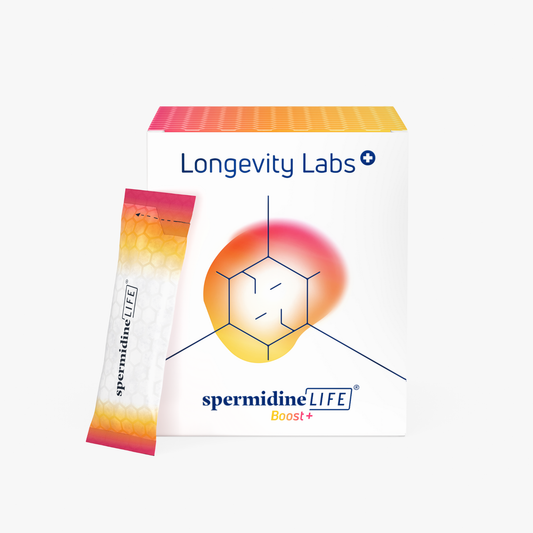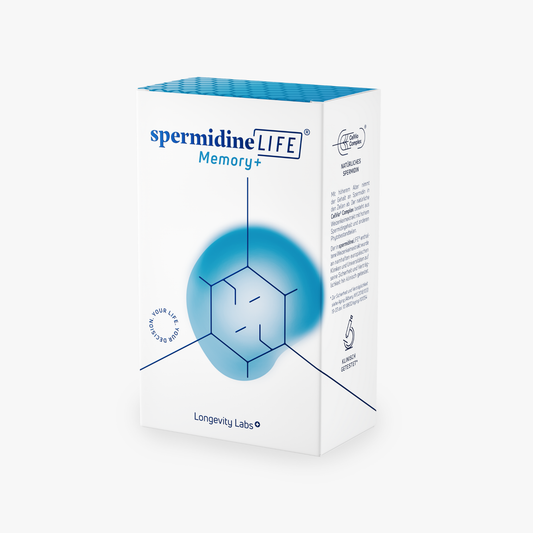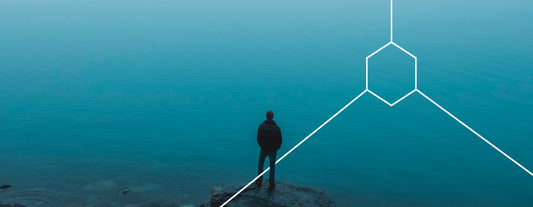
The Blue Zones of the Earth - Part 3
Science, TLL LongevityLabsToday we present the last part of our Blue Zones series (Click here for Part 1 & Part 2). Another place that stands out for the longevity of its inhabitants is the Nicoya Peninsula in Costa Rica. We also analyze what all these areas have in common and what we can learn from the inhabitants and their way of life to stay fit and vital even into old age.
A little refresher: Dan Buettner traveled in cooperation with National Geographic and international scientists in search of longevity hotspots. In 2005, he presented his findings in the article "The Secrets of Longevity," which named five areas where people grow oldest and stay healthy the longest. These geographic fountains of youth include Ikaria in Greece, Okinawa in Japan, Ogliastra in Sardinia, and Loma Linda in California, which we will discuss in Part 1 and Part 2 already presented. And that brings us to Dan Buettner's final Blue Zone:
The Nicoya Peninsula & the Sun-Loving Costa Ricans.
The Nicoya Peninsula is located on the Pacific Ocean and is separated from mainland Costa Rica by the Gulf of Nicoya. The name of the Central American state is derived from Spanish and means "rich coast." This metaphor can also be applied to the 100 km long, 4,100 m2 peninsula: the closeness to nature of the region, located in the northwest of Costa Rica, is reflected in the various nature reserves along the coast, which extend into the ocean. At the southernmost point of the peninsula, the Capo Blanco Nature Reserve is even the oldest protected area in Costa Rica.
The northern part of the peninsula has a very dry climate, which the inhabitants use as cattle pasture with large areas. The coastal regions there are still dominated by nature and are lined by a tropical dry forest. In the south, on the other hand - separated by various mountain ranges - the humidity increases and the landscape changes into a picturesque tropical rainforest scenery with largely natural coastal regions, characterized by mangrove-lined sandy beaches of volcanic origin.
Wanderlust already?
We have too. Especially if you then know that the approximately 132,000 inhabitants of Nicoya have also absorbed the sunny climate of their region. They are full of joie de vivre and avoid any hustle and bustle. They can often be seen laughing with their neighbors or - thanks to the perfect winds and waves - relaxing on their surfboards or on the beach enjoying the sun. In addition, family and faith play a central role for them. The "plan de vida" - the life plan or purpose of life - also decisively shapes their culture.
The Ticos and Ticas - as the Costa Ricans are also known colloquially - maintain everyday rituals and a very constant way of life. Physical activity on the island does not take place in the gym, however, but in natural ways such as getting around or gardening. Despite the important place that leisure takes for them, hard work is also part of everyday life for them.
It all sounds good, but...
...why are we talking about them here? Well, what else sets Peninsula residents apart is that many of them live to be over 90 years old. A 60 year old resident is seven times more likely to reach the age of 100 than the rest of Costa Rica! Simone Ecker of the Centro Centroamericano de Población (CCP-UCR) came to this conclusion. Things look especially good for male citizens: They have the highest life expectancy in the world! In other words, an 80-year-old man there lives an average of 8.2 years longer than U.S., Japanese or Icelanders, and a 90-year-old even lives another 4.4 years.
On the one hand, the scientists identified the diet of Nicoya's inhabitants as an important factor. They eat moderately and consume little or no industrially processed foods. Instead, they eat a lot of vegetables and fruit, including many tropical fruits that are rich in antioxidants, niacin and amino acids. Life on Nicoya is also characterized by its special water. No, the true fountain of youth does not bubble up on the peninsula, but: the water is rich in calcium and magnesium and is therefore said to protect against heart disease and promote strong bones.
On the other hand, in addition to eating habits, Buettner also attributed longevity to social life. Residents live with children and grandchildren under one roof and support each other. Even the centenarians are still fully integrated into social life and receive regular visits from their neighbors. As a result, they know what it means to listen, to tell stories, to laugh and to have fun, even into old age. But also the faith and trust of the Costa Ricans makes them blossom from within.
For us, all of this is definitely reason enough to devote more time to our social contacts and to consciously enjoy the autumn sun and let our souls dangle. ¡Hasta luego! We're off then!
So what unites the Blue Zones?
After traveling to the Blue Zones, the scientists identified commonalities that unite all regions and could be responsible for high life expectancy.
- First, they noticed that the people of the Blue Zones live in some form of isolation - on an island, peninsula, in mountainous regions or small towns. Yet they have modern health care that is 21st century.
- Blue Zones are also located in subtropical to tropical regions, and residents get plenty of sunshine on average, so vitamin D deficiencies are unlikely among them. Indeed, scientists suspect that vitamin D deficiency can shorten lifespans.
- In addition, the inhabitants have maintained a rather traditional way of life. They live mainly from their own agriculture and exercise professions such as shepherd or fisherman - in other words, they are always on the move and much in the fresh air.
- In addition, they eat what grows or is caught in the immediate vicinity. Processed foods are hardly on the menu. This varies at least somewhat between the individual Blue Zones: On Nicoya, the inhabitants eat more meat on average than in the other regions.
- And last but not least, all Blue Zones are characterized by very close family and friendship ties. In addition, older generations are strongly involved in social life into old age and thus remain active.
Has the secret of longevity already been unlocked and we don't know about it?
Well, unfortunately no, because it's not quite that simple. To make surveys in Blue Zones meaningful, comparisons would have to be made with other populations - for example, whether regions with similar criteria do not have higher life expectancy. An article once summed it up this way: "The world is so big, you'll always find places where people are particularly fat, thin, tall or short - or just grow particularly old." And the author is not wrong about that.
So, leaving locality aside, the question of genes remains in the room. Could it be that Blue Zones people have a special genetic advantage? A Danish twin study showed that genes influence the time of death only to a small extent. Also arguing against this is a survey of Ticos and Ticas who moved from Nicoya: These no longer lived to an above-average age. So much for this thesis.
Another interesting point of view is raised by long-term studies such as the Framingham Heart Study. They have shown that people are more likely to become overweight if they are surrounded by overweight people. So it is possibly our environment that influences us here. It could therefore be the social contacts in the sense of a role model function that are decisive for the Blue Zones. However, this theory has not yet been proven either. German studies of people over 100 also show that they are predominantly satisfied with their lives. They continue to contribute to society and see a purpose in their existence - sounds familiar, doesn't it? After all, that's also true of Blue Zones residents.
Our conclusion
We still don't know what causes Blue Zones residents to live longer than the rest - whether it's just coincidence, people interacting with each other, or lifestyle actually playing the most important role. What we can confirm is that this lifestyle is largely in line with what we generally consider healthy. That's why we've summarized here once again the "Power 9" - as researchers have christened the nine identified factors that make up the Blue Zones one. In any case, it can't hurt to use them as a guide.
The "Power 9" for a long life:
- Natural exercise in the fresh air
- Avoiding hectic
- Feel pure joy of life
- Eating in moderation instead of masses
- A diet rich in fruits and vegetables
- Enjoyment of wine (we are especially happy about this!)
- Faith, trust and spiritual depth
- Life in a circle of family and friends
- Living as part of a social unit






